How To Grow Pumpkins - From Seeds

Did you know that pumpkins have been grown in North America for almost 5,000 years? It’s really fun to raise this Native American. However, note that pumpkins require a long season (typically 75 to 100 days without frost). So you need to plant them by the end of May in northern locations. To early July in the south.
1. Select a location with full sun and good soil that drains well. Sandy soils high in organic matter are best; if the soil is heavy clay, it might help to add sand and organic matter such as compost, aged manure, or green crops plowed under. The idea pH ranges from 6.0 to 6.8. Test your soil and follow any recommendations given.
2. Pumpkin seeds are usually sown directly into the soil. But there are two ways to plant pumpkin seeds: rows or hills. Note: A hill a spot containing a group of plants or seeds. Hills warm soil quickly, so seeds germinate faster and aid with drainage and pest control. Prepare hills by digging down 12 to 15 inches and mixing/filling in with lots of aged manure and/or compost. For rows sow seeds about 6 to 12 inches apart in rows that are 6 to 10 feet apart. For hills plant seeds 4 to 8 feet apart. The soil at each hill may be mounded or left level with the rest of the area. Set seeds 1 inch deep with 4 or 5 seeds per hill. Keep seeds moist until germination.
3. Pumpkin seeds usually take about 8 to 10 days to germinate but it may take longer if the soil is cold. The seedling emerges from the soil with the seed shell attached to the tip of the leaves. The first two leaves to appear are oval-shaped leaves known as seed leaves or cotyledons. About a week later the first true leaves will appear.
4. Pumpkin vines spread out from the base of the plant and can grow 6 inches (15 cm) each day if they receive plenty of sun and water. The length of the vine can reach 10 to 20 feet (3 to 6 meters) depending on the variety. Ensure that the soil is evenly moist but try to keep the leaves dry when you’re watering to avoid fungal infections. During hot weather water your pumpkin plants every day or two.
5. Pumpkin flowers will start to bloom 8 to 10 weeks after planting. The flowers are large and bright yellow in color with a long stamen in the middle. The male flowers appear first followed by the female flowers about 10 days later. At this stage, you can start feeding your plants with a liquid fertilizer every 2 weeks for an abundant crop.
6. Male pumpkin flowers produce pollen and nectar which is highly sought after by bees. After visiting the male flowers, the bees move on to the female flowers where some of the pollen is transferred and pollination is completed. If there aren’t many bees in your area you can hand pollinate the flowers using a small paintbrush to transfer some of the pollen from the male flowers to the female flowers. After the pollination is completed the plant will begin to produce fruit.
7. As the female flowers close you’ll notice small round green fruits at the base of the flower. Over the next few weeks, these small baby pumpkins will rapidly increase in size. If you’re growing pumpkins on a trellis you’ll need to create a hammock by using an old t-shirt or pantyhose to help support the weight of the pumpkin as it grows. It normally takes between 45 to 55 days for the pumpkin to grow to full size after pollination is complete.
8. Pumpkins are ready to harvest when the vine starts to turn brown and withered. You can also tell when pumpkins are ripe by tapping on the outside of the pumpkin. If you hear a hollow sound your pumpkins are ready to harvest. Cut the vine with a sharp knife, leaving at least 3 inches (about 7 cm) of the stem attached to each pumpkin.
Enjoyed the project?
Suggested materials:
- Seeds (Plant Shop)
- Fertilizer (Plant Shop)




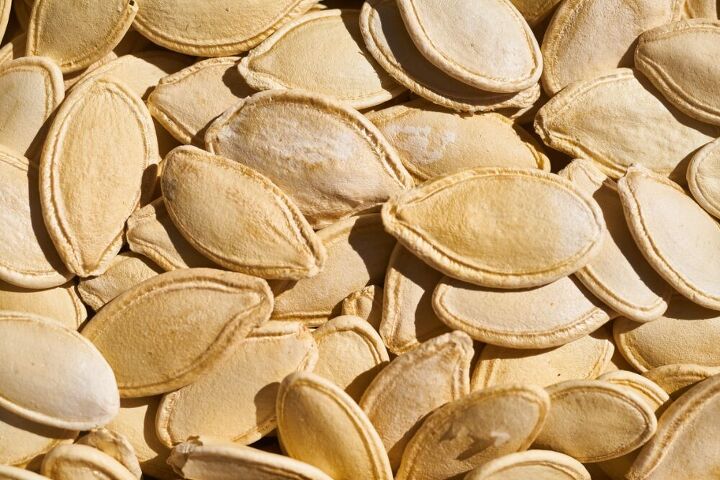









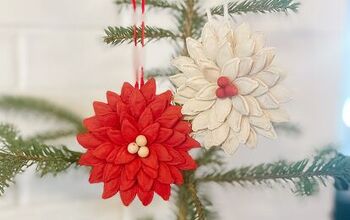

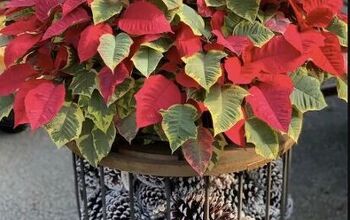




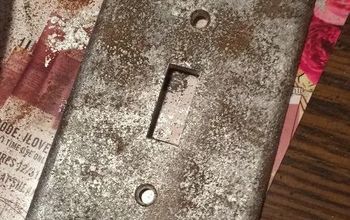


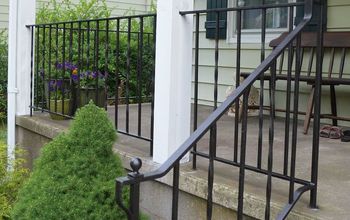

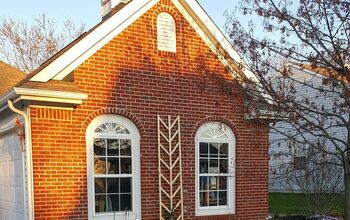

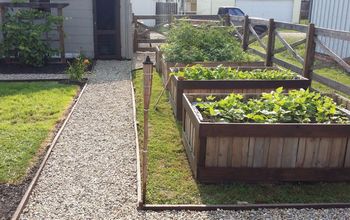



Frequently asked questions
Have a question about this project?